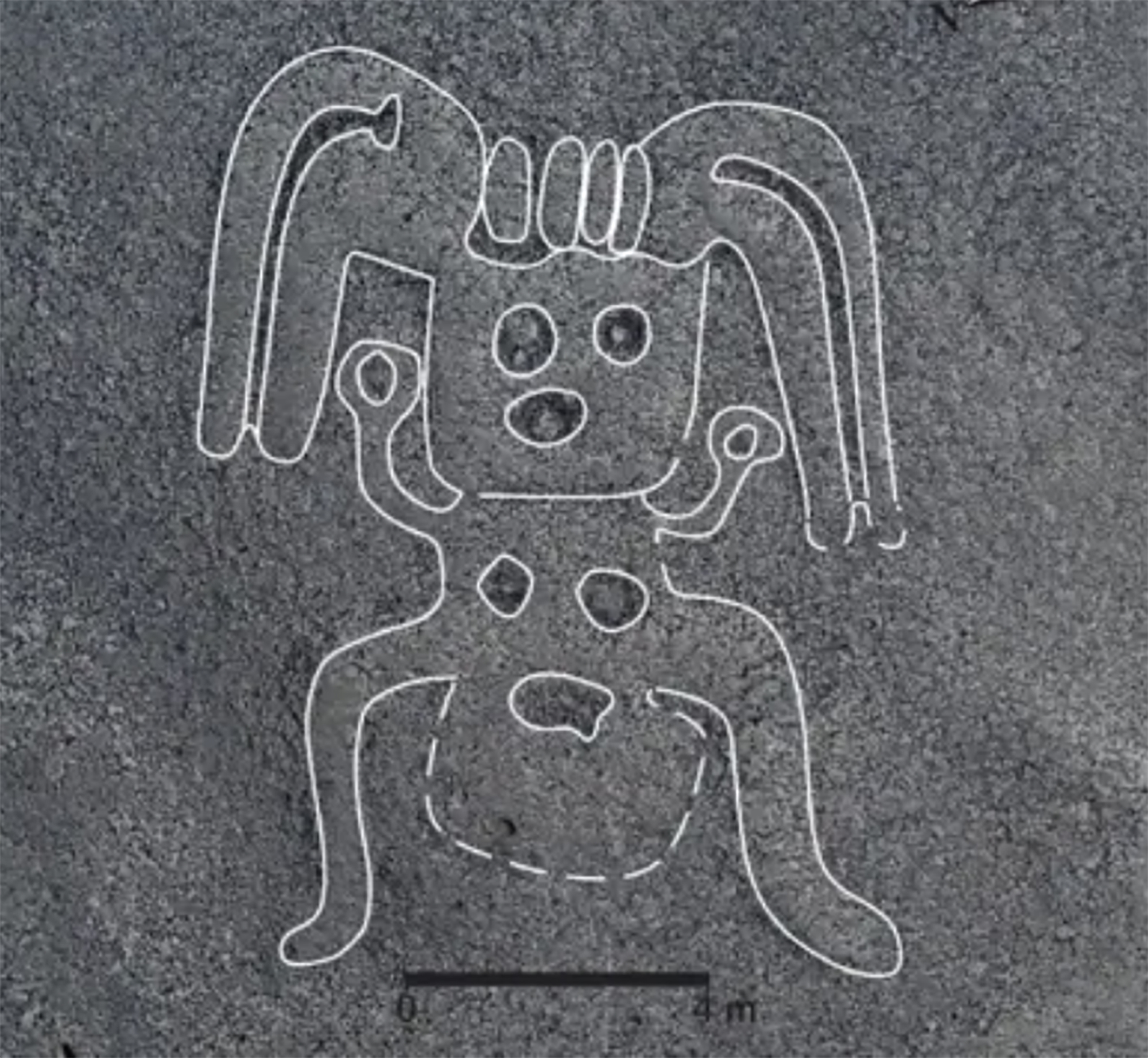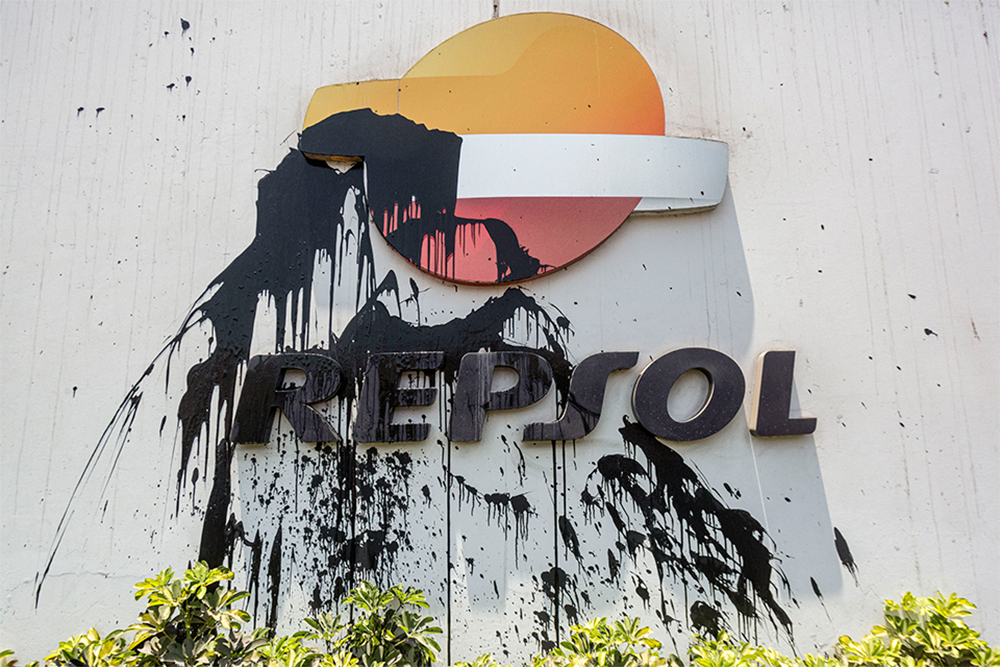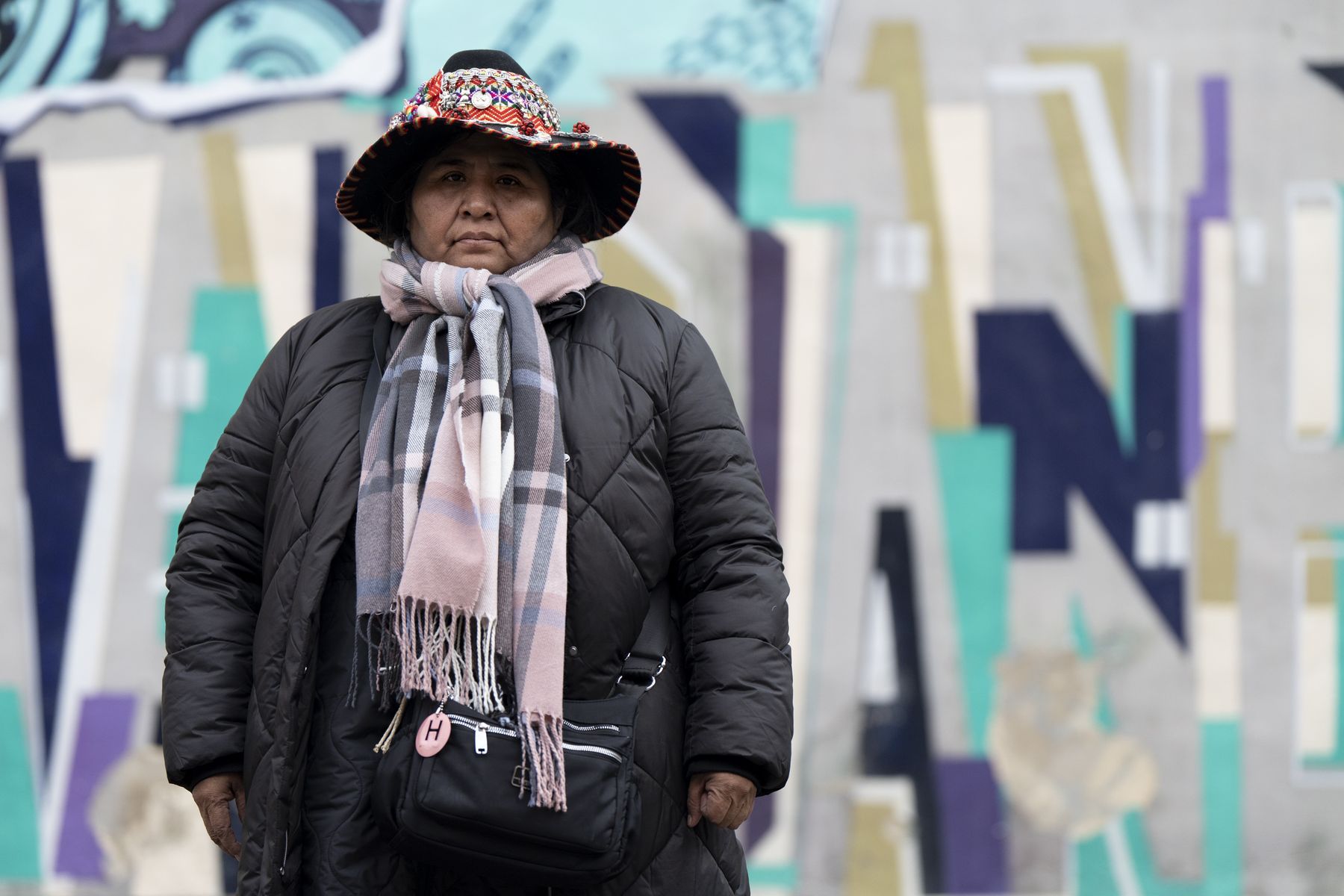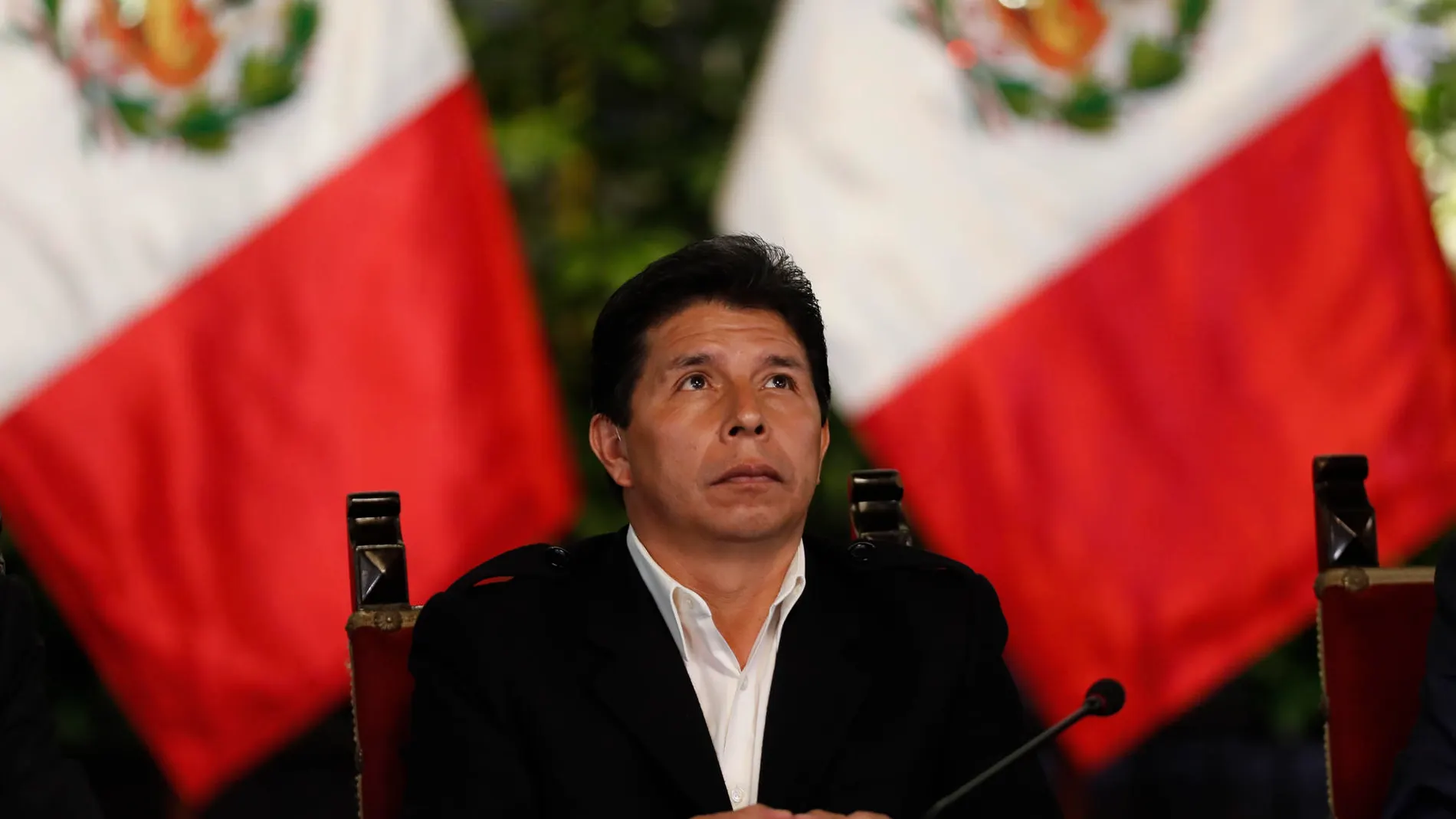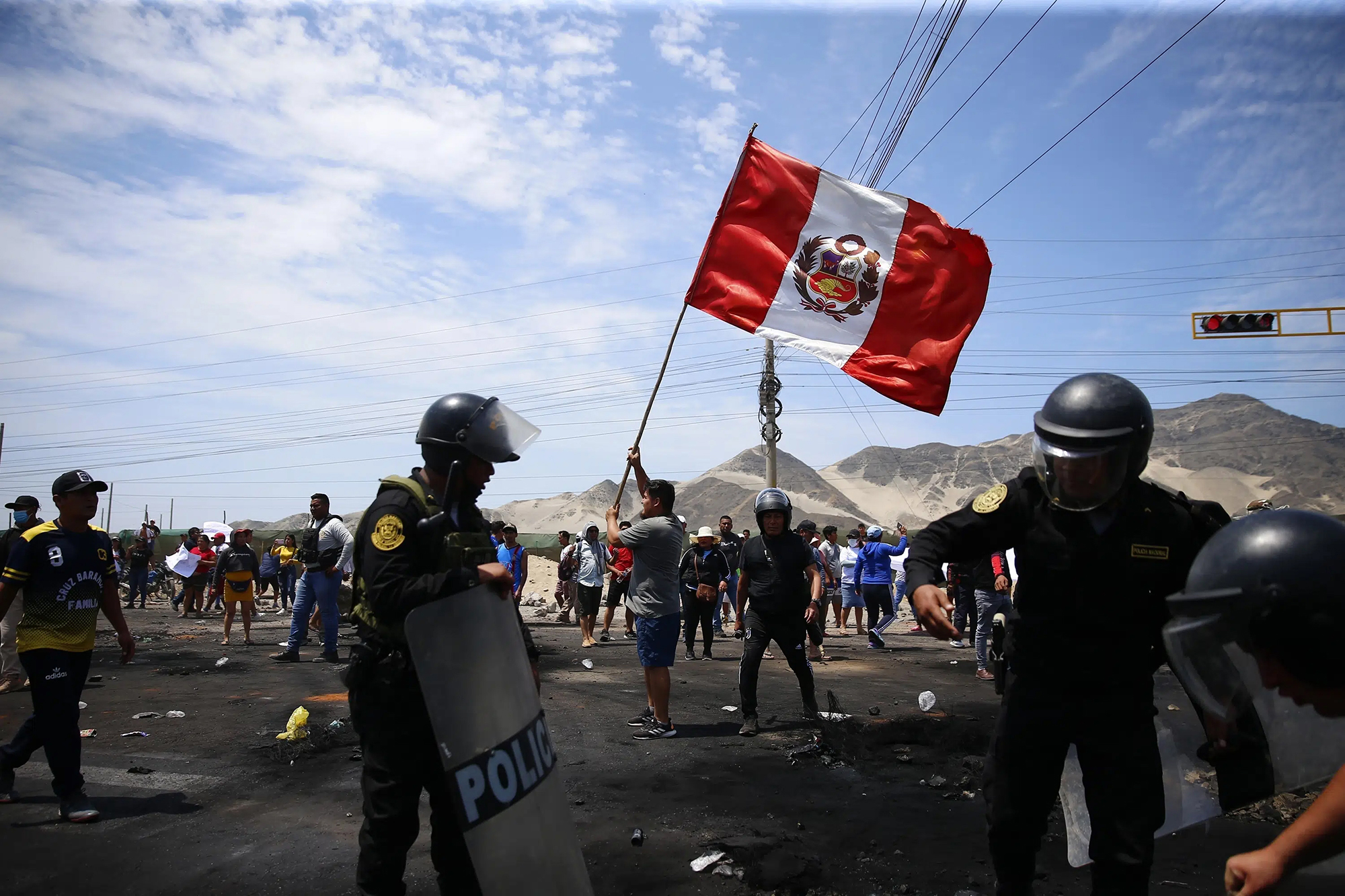Following the death of seventeen people on Monday by Peruvian police, President Boluarte begins to investigate for genocide
- The protests started in December in southern Peru have risen and in the city of Juliaca the police caused a massacre on Monday afternoon, with another seventeen people shot dead. The Peruvian prosecutor's office has opened an investigation into the "genocide" against President Dina Boluarte.

In the city of Juliaca in the Puno region in southern Peru, the police have fought hundreds of citizens who have tried to block their airport and killed seventeen people, including one child, and wounded 68 other serious people in attack. As the protesters have explained, the police have fired at them with thick peppers used for hunting.
Peru’s Prime Minister, Alberto Otalora, clarifies that during the disturbances a police officer has also died and established an order for night return in the Puno region. In addition, the Peruvian government has promised a "national day of mourning" for the deaths in protests.
As soon as the Juliaca massacre occurs, the Public Prosecutor’s Office of Peru has opened an investigation against Otalora and the interim president, Dina Boluarte, in protests in recent weeks for “genocide, qualified homicide and serious wounds”. Boluarte, however, has not yet made any statement and has presented his executive in the Peruvian Parliament to ask for his vote in cofindance.
The anger of the citizens of southern Peru
After the Christmas break, the protests return to life in Peru. They have been taking place since President Pedro Castillo dissolved Parliament and called the constituent elections on 7 December. Castillo was immediately stopped with the majority of the opposition and is now detained accusing him of giving "autocolpe". Vice-President Dina Boluarte has taken office as President.
Protesters demand the freedom of Castillo, the dissolution of the "corrupt parliament" and the call for constituent elections. In December, the police killed 28 people trying to avoid blocking ports and roads. Most deaths have occurred in the south of the country, in the poorest rural areas of the Andes.
In June 2021, Pedro Castillo, agricultural professor at Tacabamba, won the presidential election to Keiko Fujimori, an elitist candidate for very little, with the Peru Libre party on the left. The vote of rural voters in the South was fundamental to this, because they felt among them.
Since then, the government of Castillo has been very unstable, ministers have constantly changed and the press on the right has wanted to relate to cases of corruption.
Andeetako Altiplanoan, qocha deituriko aintzirak sortzen hasi dira inken antzinako teknikak erabilita, aldaketa klimatikoari eta sikateei aurre egiteko. Ura “erein eta uztatzea” esaten diote: ura lurrean infiltratzen da eta horrek bizia ekartzen dio inguruari. Peruko... [+]
A team of researchers led by the Japanese archaeologist Masato Sakai of the University of Yamagata has discovered numerous geoglyphs in the Nazca Desert (Peru). In total, 303 geoglyphs have been found, almost twice as many geoglyphs as previously known. To do so, researchers... [+]
On the northern coast of Peru, in the deposit of Diamarca, mochica culture (c. 330-H. C. 800) have found a trunk room. This culture is known for its impressive architecture, vast religious imaginary and colorful walls full of details.
The room found confirms these... [+]
Pasa den abendutik Perun gertatzen ari diren istiluak, herrialdearen egoera politiko ahularekin lotu dituzte munduko hedabide nagusiek. Pedro Castillo presidente ezkertiarraren noraeza, haren kargugabetzea, Andeetako eskualdeetako herritarren altxamendua eta haien kontrako... [+]
Ostegun honetarako manifestazio handia espero da Liman Dina Boluarte kargutik kendu, parlamentua desegin eta Perurentzako beste konstituzio bat eskatzeko. Herritar asko autobusez eta kamioiez karabanetan antolatuta iritsi da hegoaldeko eskualdeetatik herrialdeko hiribururaino.









